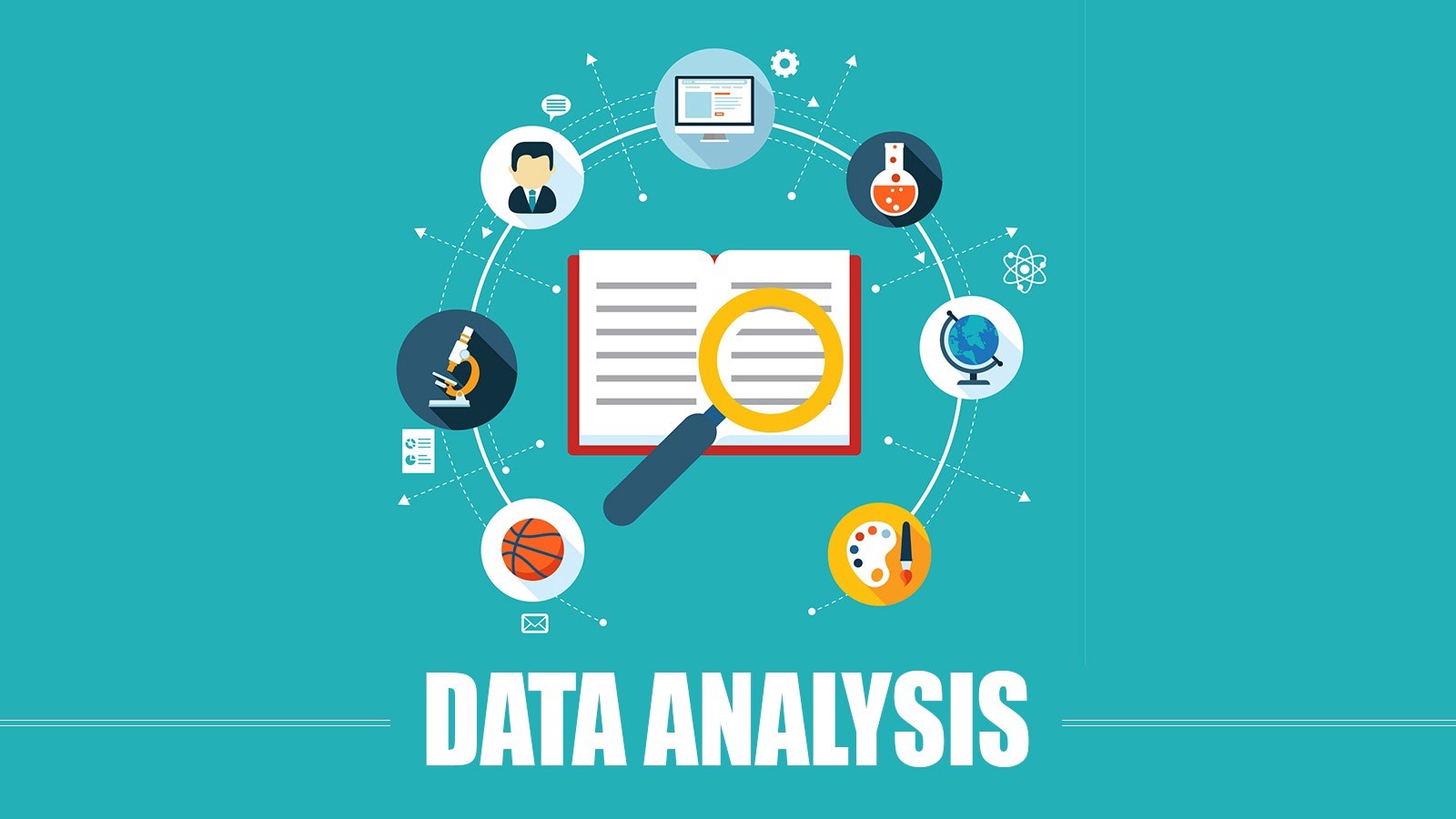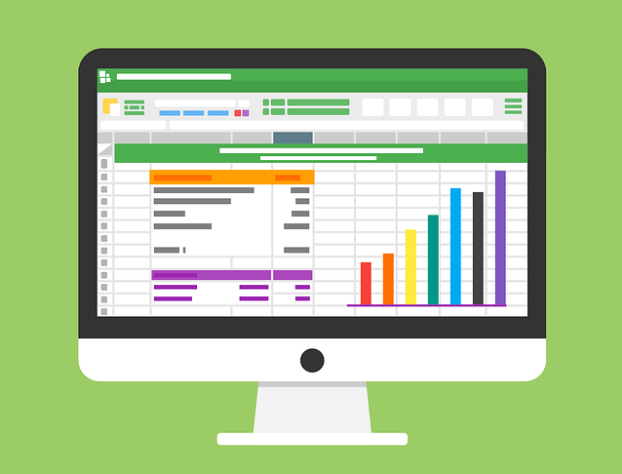ICT IGCSE 20 Data Analysis (PART 1 Intro)

Data Analysis is a process of inspecting, cleaning, transforming and modeling data with the goal of discovering useful information, suggesting conclusions and supporting decision-making.
Types of Data Analysis Several data analysis techniques exist encompassing various domains such as business, Science, social science, etc. with a variety of names. The major data analysis approaches are-
- Data Mining
- Business Intelligence
- Statistical Analysis
- Predictive Analytics
- Text Analytics
Data Mining
Data Mining is the analysis of large quantities of data to extract previously unknown data, interesting patterns of data, unusual data and the dependencies.
Note that the goal is the extraction of patterns and knowledge from large amounts of data and not the extraction of data itself.
Data mining analysis involves computer science methods at the intersection of the artificial intelligence, machine learning, statistics, and database systems. The patterns obtained from data mining can be considered as a summary of the input data that can be used in further analysis or to obtain more accurate prediction results by a decision support system.
Business Intelligence
Business Intelligence techniques and tools are for acquisition and transformation of large amounts of unstructured business data to help identify, develop and create new strategic business opportunities. The goal of business intelligence is to allow easy interpretation of large volumes of data to identify new opportunities. It helps in implementing an effective strategy based on insights that can provide businesses with a competitive market-advantage and long-term stability.
Statistical Analysis
Statistics is the study of collection, analysis, interpretation, presentation, and organization of data.
Data Analysis with Excel Microsoft

Excel provides several means and ways to analyze and interpret data. The data can be from various sources.
The data can be converted and formatted in several ways.
It can be Analyzed with the relevant Excel commands, functions and tools - encompassing Conditional Formatting, Ranges, Tables, Text functions, Date functions, Time functions, Financial Functions, Subtotals, Quick Analysis, Formula Auditing, Inquire Tool, What-if Analysis, Solvers, Data Model, PowerPivot, PowerView, PowerMap, etc.